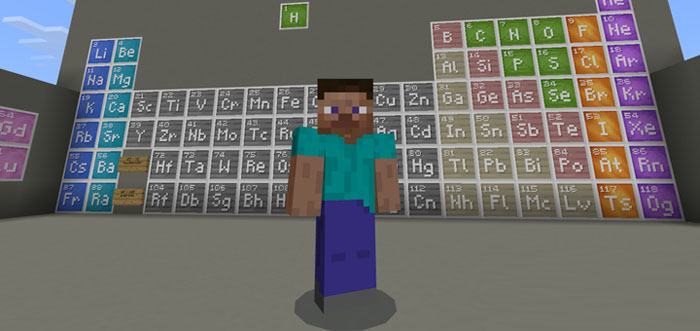
Minecraft in the classroom is redefining learning and the way learning can be demonstrated, in thousands of schools around the world, as well as building stronger relationships between teachers and their students.
and the way learning can be demonstrated, in thousands of schools around the world, as well as building stronger relationships between teachers and their students.
My Minecraft journey started seven years ago when I decided to participate in an international project promoted by the Asia-Europe Foundation called “My country, your country”. In this project, students had to recreate their country geographically through Minecraft and Kodu, thus offering students an interactive and fun way to study the geography of the ASEM member countries.
A couple of weeks into this project and my students were already self-organizing themselves every week, deciding on the monument or region they wanted to work, research, and build. The truth was that these students were playing a videogame during an afternoon school club session, but at the same time, I could observe so much more happening that involved deep and meaningful learning. These students were collaborating on a profound level, assuming roles and delegating responsibilities, decomposing problems, and working on the most suitable solutions, as well as failing a lot and trying again until they got it right.
To say Minecraft is simply a videogame is an understatement. Minecraft is an international cultural phenomenon that has been going strong for over a decade. It is currently the best-selling video game of all time with more than 200,000,000 copies sold worldwide. Collectively, more than 68 million years have been played in over 122 countries, and it has even spawned an educational version, exclusive for school use, some two years after Microsoft acquired the game back in 2014 for 2,5 billion dollars.
The skills and benefits that Minecraft can improve and promote in an educational environment have been the target of several studies in the past years. One study from 2016 highlighted many educational benefits from the use of Minecraft in a classroom setting, with many advantages identified. A positive learning environment, peer support and help in overcoming obstacles during gameplay, increased determination when met with challenges, and an improved ability to produce high-quality work were just some of the effects observed. What I have personally observed during my time with the game is that those same effects can be found on both our students and teachers, making classes a two-way communication experience in which everyone is learning with and through each other.
When I introduced Minecraft in my curricular classes some 5 years ago, I already knew the basics around the game, but I didn’t know how to play that well. Compared to my students I was the beginner, and they were the experts, yet I was willing to learn with them while providing them with a safe and fun place to explore the game. My purpose was not to turn these students into gamers but to turn these gamers into students. I was willing to go the extra mile, motivated and driven by passion. For this to work, I knew that I had to change my attitude and adopt a different mindset, where instead of constantly trying to be the centre of the class I would have to become a resource for my students, build trust between us and themselves and allow for collaborative space to grow.
Of course, like any technology, simply allowing students to access Minecraft will not automatically engage them in purposeful learning. Furthermore, it is natural and understandable that bringing gaming into the classroom might not be for everyone. However, there has never been a better time to embrace this change and interact with students through a language they are most comfortable with. And that is because Minecraft has already paved the way for quality learning opportunities that students identify with.
Especially now, with schools going online because of the pandemic and distance learning becoming the norm, Minecraft becomes the ideal platform for the physical classroom to become a virtual one, transferring the teaching and learning online. Students and teachers have the opportunity and ideal conditions to expand the way the game is normally experienced and utilize it as their digital learning space, made easier with in-game assessment tools such for example the camera and portfolio. Students can take snapshots of their projects with an in-game camera, which they can share with their classmates, providing a gamified way of capturing evidence that they are learning and showing the mastery of the subjects that they’re studying. Also, the worlds the students are part of are multiplayer shared worlds, enabling students to feel like they are again in a community environment that does not require them to physically distance themselves but spend quality time together exploring digital environments where they already may feel competent, and so have a sense of autonomy and agency in the learning experience.
To conclude, there is one very important element that needs to exist for these digital environments to thrive and be successful. Students and teachers need to play and learn together. Because it is through play that we humans, starting at a very young age, try to make sense of the world around us. With Minecraft, however, we get to build the world itself through play. And that is extraordinary.
Kyriakos Koursaris
Learning Innovation & Technology Integration Specialist